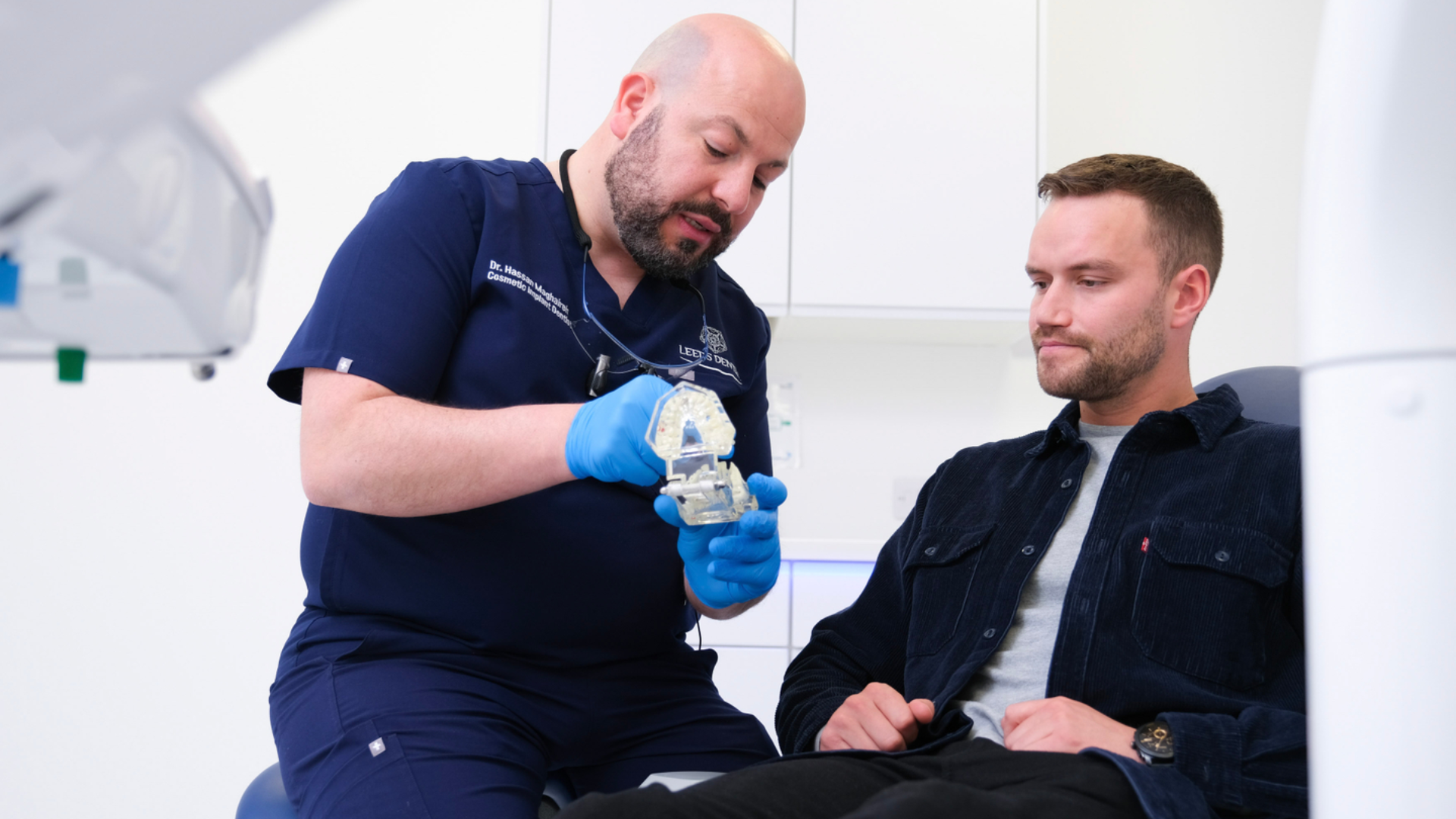Your Complete Guide to Root Canal Treatment
In the realm of dental care, the term ‘root canal’ often evokes a sense of dread. However, armed with the right information and a proper understanding of what to expect, you’ll find that this common procedure is not as daunting as it seems. Here’s your comprehensive, informal guide to navigating the intricacies of root canal treatment, tailored for those who appreciate a touch of British charm in their reading material.
What’s the Fuss About Root Canal Treatment?
First off, let’s demystify what a root canal actually involves. It’s a dental procedure designed to save a tooth that’s been badly damaged or infected. The process entails removing the damaged area of the tooth (the pulp), cleaning and disinfecting it, then filling and sealing it. The primary goal? To relieve pain and save your tooth from extraction. Not as scary as you thought, right?
Root Canal: Spotting the Tell-Tale Signs
How do you know if you’re a candidate for this treatment? There are a few symptoms to watch out for, including severe toothache, prolonged sensitivity to hot or cold, discolouration of the tooth, and swelling or tenderness in the nearby gums. If you’re experiencing any of these symptoms, it’s time to pop over to your dentist for a consultation.
The Journey Through Treatment
Embarking on the root canal journey might seem like a trek into the unknown, but it’s actually a straightforward process. It typically requires one or two visits to your dentist or an endodontist (a specialist in this field). Here’s a simplified breakdown:
- Preparation: Your dentist will take an X-ray to examine the shape of the root canals and determine if there are any signs of infection in the surrounding bone.
- Anaesthesia: Local anaesthesia is administered to numb the area. Contrary to popular belief, the procedure is no more painful than a filling.
- The Procedure: An opening is made in the crown of the tooth to clean out the infected pulp, then the space is shaped, filled, and sealed.
- Final Touches: You might need a crown or other restoration on the tooth to protect and restore it to full function.
Aftercare: Keeping the Tooth in Check
Post-treatment care is crucial for ensuring your tooth remains healthy and your recovery is smooth. This includes avoiding chewing on the affected side until the treatment is fully completed and the crown is placed, maintaining good oral hygiene, and scheduling follow-up visits with your dentist.
Busting Myths and Soothing Nerves
There’s a lot of misinformation out there about root canal treatments being unbearably painful. However, with modern techniques and anaesthetics, most people report that the procedure is no more uncomfortable than having a filling placed. The discomfort experienced in the days following a root canal is usually mild and can be easily managed with over-the-counter pain medications.
When to Seek Advice
If you’re experiencing any discomfort or symptoms that concern you, the best course of action is to consult your dentist. They can provide advice tailored to your specific situation and help you decide if a root canal is the right option for you.
Root canal treatment doesn’t have to be a source of anxiety. With a clear understanding of what to expect and the right care and attention, your tooth can be saved and your oral health preserved. Remember, the goal is to relieve pain and keep your natural teeth for as long as possible. So, if you’ve been advised that you need this treatment, take a deep breath—you’re on the path to recovery and maintaining that brilliant smile.
In this journey through the ins and outs of root canal treatment, we’ve aimed to dispel myths, shed light on the process, and ensure you’re equipped with the knowledge you need. Dental health is a vital part of overall well-being, and taking proactive steps to address issues is always the best approach. Cheers to taking care of your teeth and embracing the path to a healthier, happier mouth!




